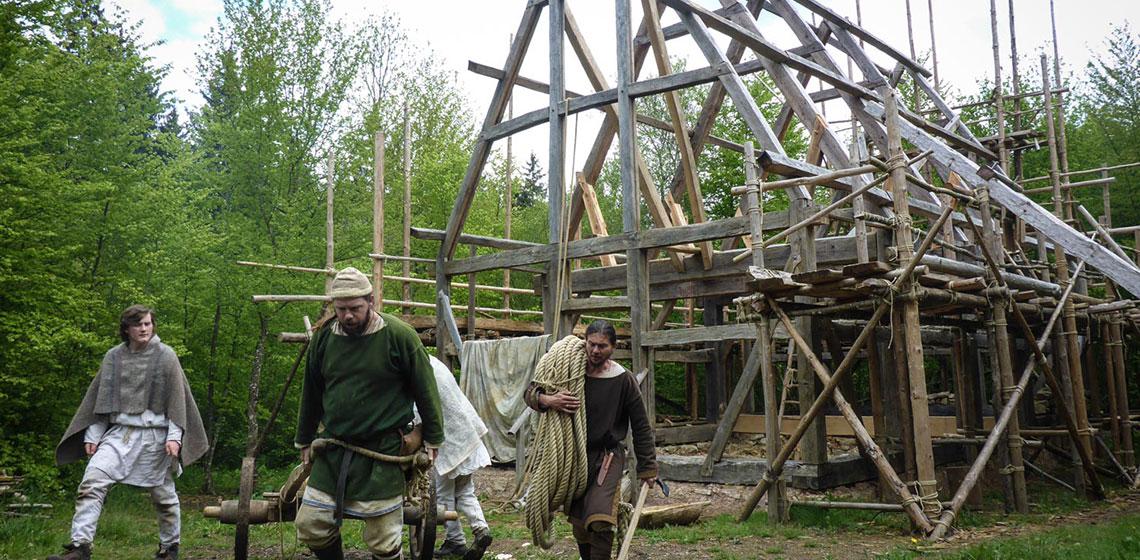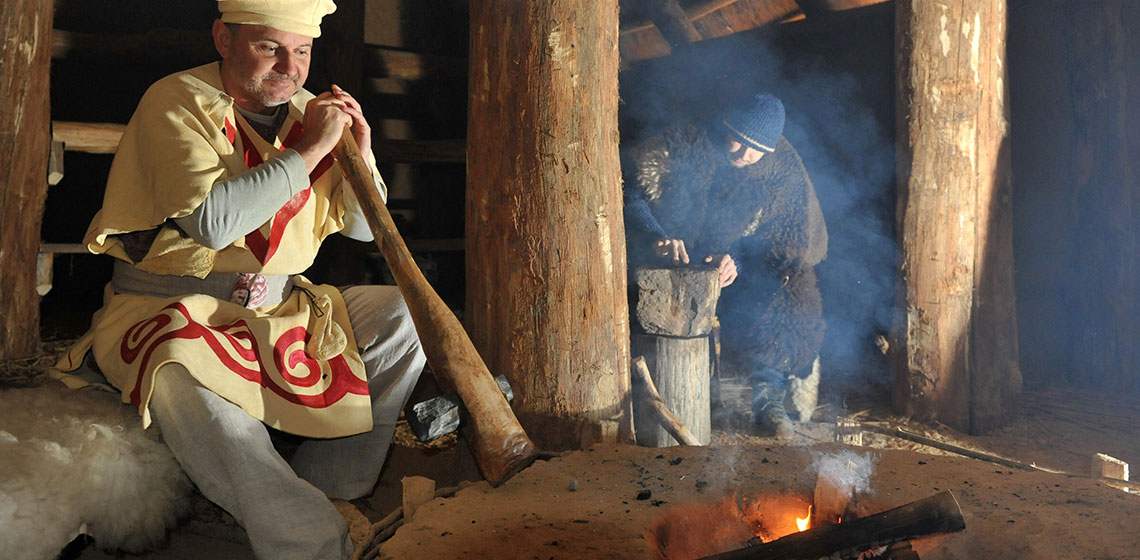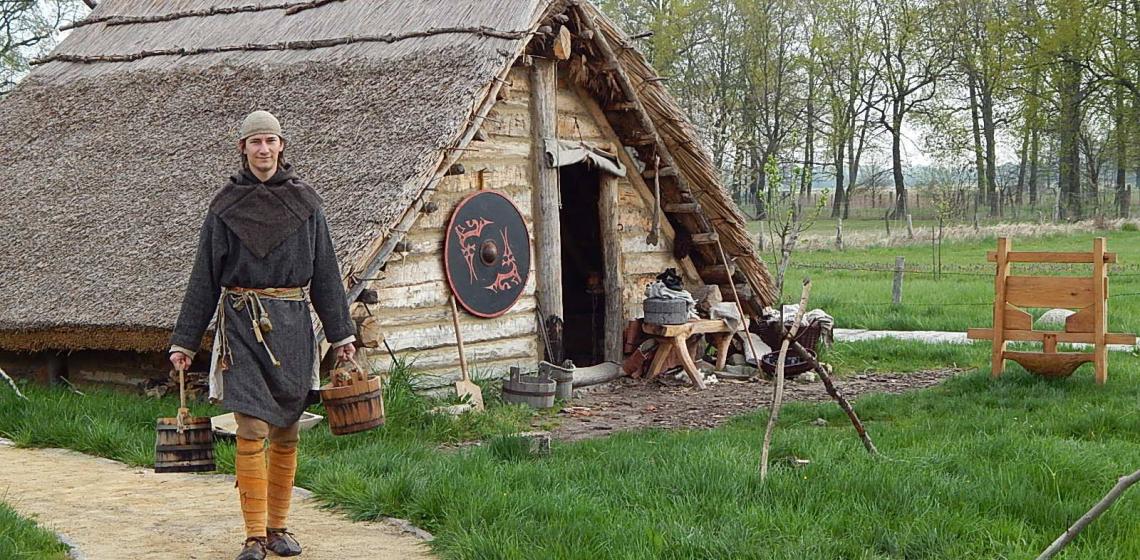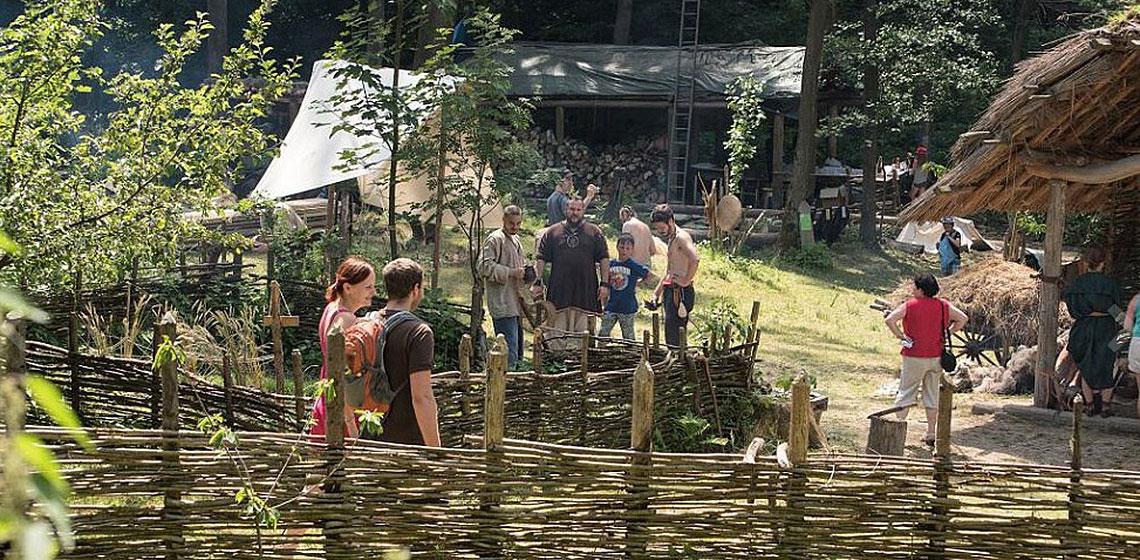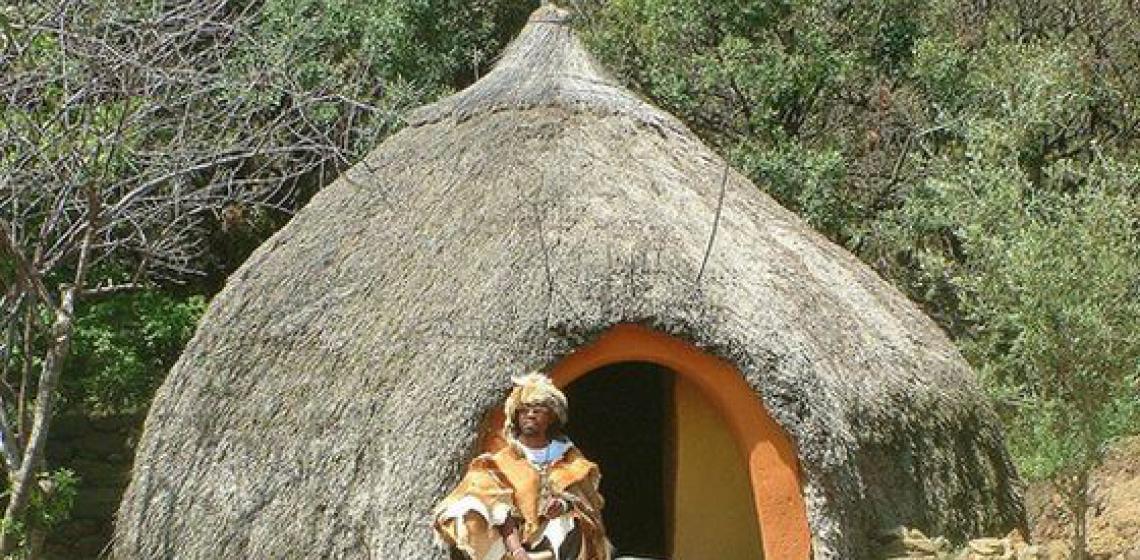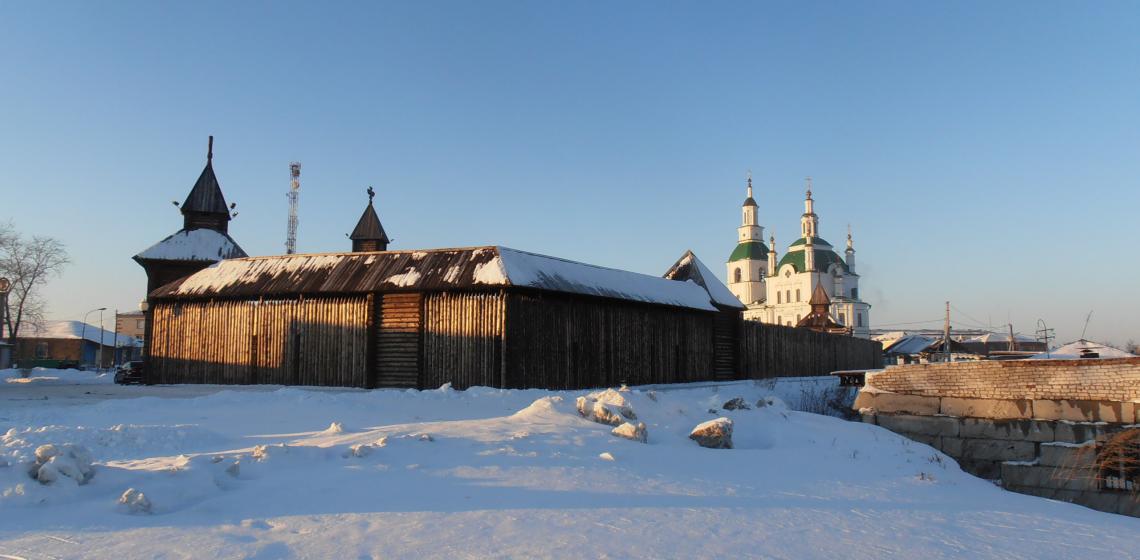Campus Galli - Karolingische Klosterstadt e.V. (DE)
In this project the nonprofit association ‘karolingische klosterstadt e.V.’ (Carolingian Monastic Town) makes the most famous architectural drawing of the middle ages become reality: the Plan of Saint Gall. Inspired by the construction of a medieval castle in Guédelon, France, carpenters and volunteers build a medieval monastery, solely with tools and methods as close as possible to those of the early middle ages.
It is our goal to build a 9th century monastery with contemporary Carolingian tools and materials only. To this end the “Plan of St. Gall”, the earliest European architectural document, is put to reality in a wooded area near Lake Constance in Southern Germany, only 40 kilometres from the place of its origin...

